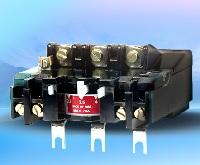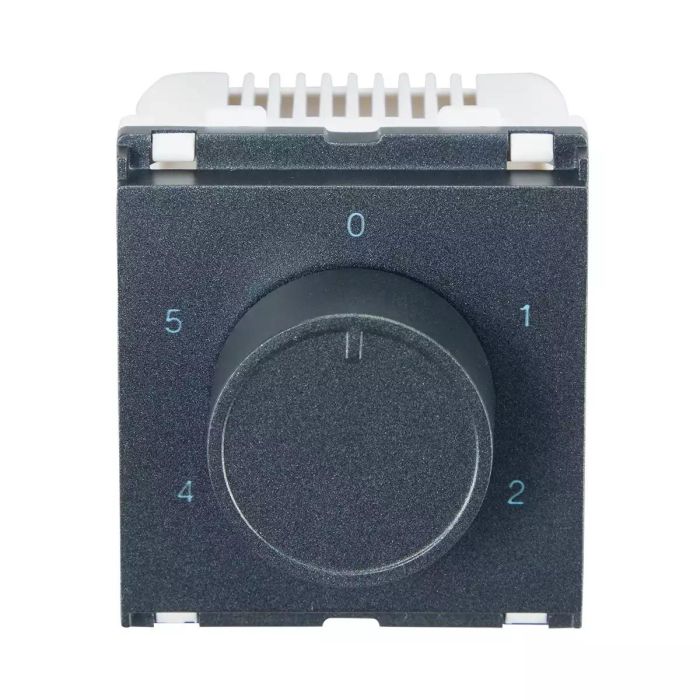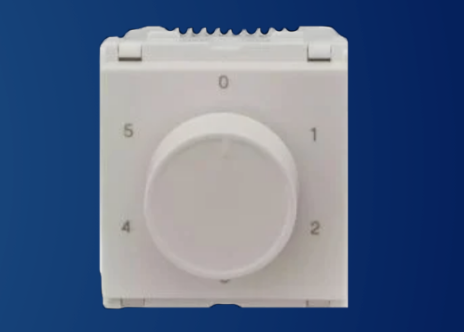Notifications

9 minutes, 4 seconds
-153 Views 0 Comments 0 Likes 0 Reviews

When we think of technological evolution in electrical devices, most attention is given to the latest smart appliances and energy-efficient systems. However, there’s a certain elegance and reliability in the older designs, particularly when it comes to components like the fan regulator old model. These devices, once a staple in households and industrial setups alike, offer a fascinating glimpse into the roots of electrical control systems. This article explores the design, function, benefits, and continued relevance of the old fan regulator in today’s modern world.

Understanding the Function of a Fan Regulator
Before diving into the specifics of the fan regulator old model, it’s essential to understand the purpose of a fan regulator. This small yet crucial device controls the speed of ceiling fans by adjusting the voltage supplied to the fan motor. Unlike simple on-off switches, fan regulators allow for user-defined comfort levels, making them an indispensable part of electrical fittings in homes and offices.
Modern regulators use advanced electronics like TRIACs and microcontrollers. In contrast, the old fan regulator was built using resistors or transformers, offering a mechanical and often more durable method of operation.
Design Elements of the Fan Regulator Old Model
The fan regulator old model was typically bulkier than the slim digital versions we see today. But its internal construction was rooted in simplicity and ruggedness. These regulators were either:
Resistive Type Regulators: These use a series of resistors to reduce the voltage. The knob you turned would connect different resistors to adjust fan speed. This design produced heat as a byproduct of resistance, which was dissipated through vents or metal casings.
Transformer-Based Regulators: Also known as inductive regulators, they use coils and magnetic fields to regulate voltage. These models were heavier but far more energy-efficient compared to resistive types.
Aesthetically, the old fan regulator came in various colors and metal or plastic casings, often paired with rotary knobs that gave a tactile click, reinforcing a sense of durability.
Why the Old Fan Regulator Still Matters
In an age where most devices are replaced rather than repaired, the fan regulator old model stands out for its longevity and serviceability. There are several reasons why these classic designs are still relevant:
1. Durability
Old regulators were often made with high-quality materials—solid brass terminals, thick copper wiring, and robust plastic or metal casings. Many still function flawlessly after decades, something rarely seen in today’s mass-produced electronics.
2. Serviceability
Unlike newer digital regulators, older models could be easily disassembled and repaired. A blown resistor or faulty coil could be replaced with basic tools and knowledge, reducing electronic waste.
3. Nostalgia and Retro Appeal
For vintage lovers and restoration enthusiasts, the old fan regulator offers both aesthetic and sentimental value. Many homeowners refurbishing mid-century houses seek out these old components to maintain authenticity in design.
4. Stable Performance
Transformer-based old regulators deliver smoother performance with less humming noise and motor stress, particularly in areas with unstable voltage supply.
Common Applications and Use Cases
Though largely phased out in urban residential settings, the fan regulator old model continues to find use in a variety of scenarios:
Heritage Buildings: Older homes and buildings often retain original electrical fixtures, including fan regulators. Preservation projects aim to keep these installations intact for historical accuracy.
Rural and Industrial Areas: In areas where durability and simplicity are more important than aesthetics or advanced features, old regulators are still preferred.
DIY Projects and Education: Electrical engineering students and DIY hobbyists often use these old models to study fundamental electrical principles like voltage division and resistance control.
Challenges with the Old Fan Regulator
While the old fan regulator has its merits, it also comes with certain limitations that contributed to its decline in popularity:
1. Energy Inefficiency
Resistive regulators consume more power since part of the energy is lost as heat. In an energy-conscious era, this is a major drawback.
2. Bulky Design
These devices take up more wall space and are less sleek compared to compact, modular digital regulators.
3. Limited Speed Control
Older models typically have 3 to 5 fixed speed settings. In contrast, newer regulators offer stepless control for greater user flexibility.
4. Safety Concerns
Due to aging insulation or exposure to humidity, older regulators may pose a fire hazard if not maintained properly.
Despite these drawbacks, many electrical professionals and homeowners continue to value the reliability and straightforward design of the fan regulator old model.
Upgrading While Preserving Classic Design
For those who appreciate vintage design but seek modern efficiency, there are hybrid options available. These look like old fan regulators externally, but incorporate modern electronics inside. Such adaptations offer the best of both worlds—preserving the retro aesthetic while improving energy efficiency and safety.
Another approach is to refurbish existing old regulators. With some rewiring and insulation checks, many older devices can be restored to safe working order, extending their useful life and minimizing waste.

Maintenance Tips for Old Fan Regulators
If you own or plan to use a fan regulator old model, consider the following maintenance tips:
Regular Cleaning: Dust accumulation can affect performance. Clean the exterior and vents using a dry cloth.
Check for Heat Damage: Overheating can warp plastic casings or degrade internal components.
Inspect Wiring: Ensure there are no exposed wires or cracked insulation.
Replace Faulty Components: Resistors and coils can often be replaced without discarding the entire unit.
These practices not only ensure safety but also prolong the lifespan of the regulator.
Also Read: Know All About Ceiling Fan Regulator
The Future of Classic Electrical Components
In an increasingly disposable electronics market, the old fan regulator symbolizes resilience and quality. While smart regulators and IoT-based home automation continue to rise, there remains a niche but passionate market for vintage electrical parts. Collectors, restoration experts, and environmentally conscious consumers recognize the value of these older technologies, not just as functional tools, but as artifacts of thoughtful engineering.
Conclusion
The fan regulator old model is more than just a relic of the past—it’s a testament to engineering that values durability, simplicity, and serviceability. Whether you're preserving a heritage building, refurbishing a vintage home, or simply appreciating classic electrical designs, the old fan regulator remains a compelling piece of technology.
For those looking to combine tradition with innovation, Lauritz Knudsen Electrical and Automation offers expert solutions in both classic and modern electrical systems. With a commitment to quality and safety, they provide the guidance and components needed to bridge the gap between timeless design and today’s energy standards.

